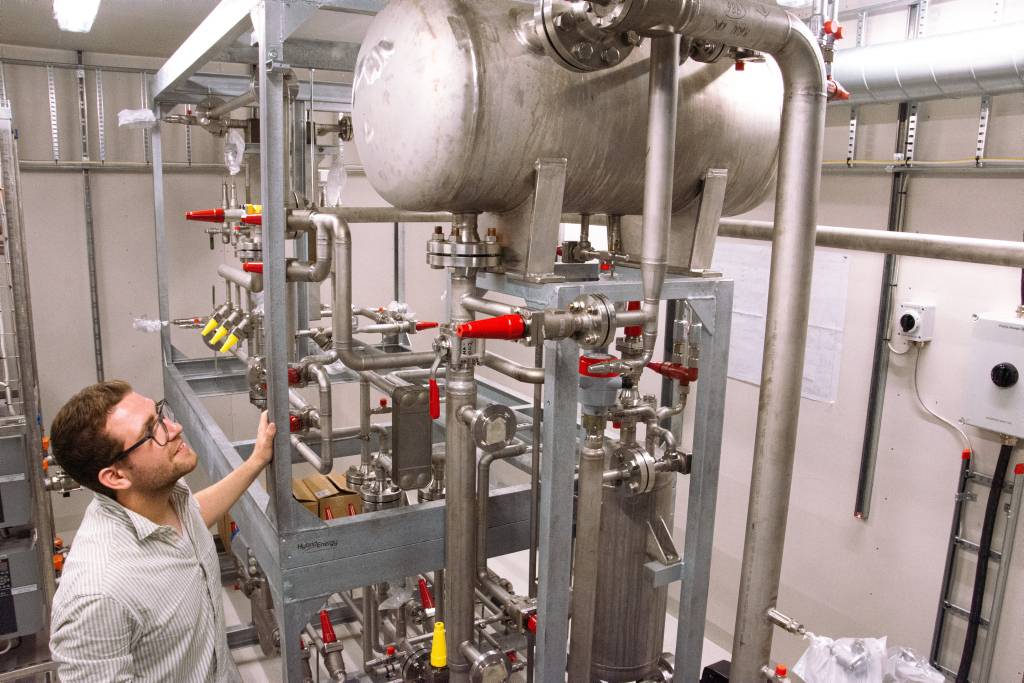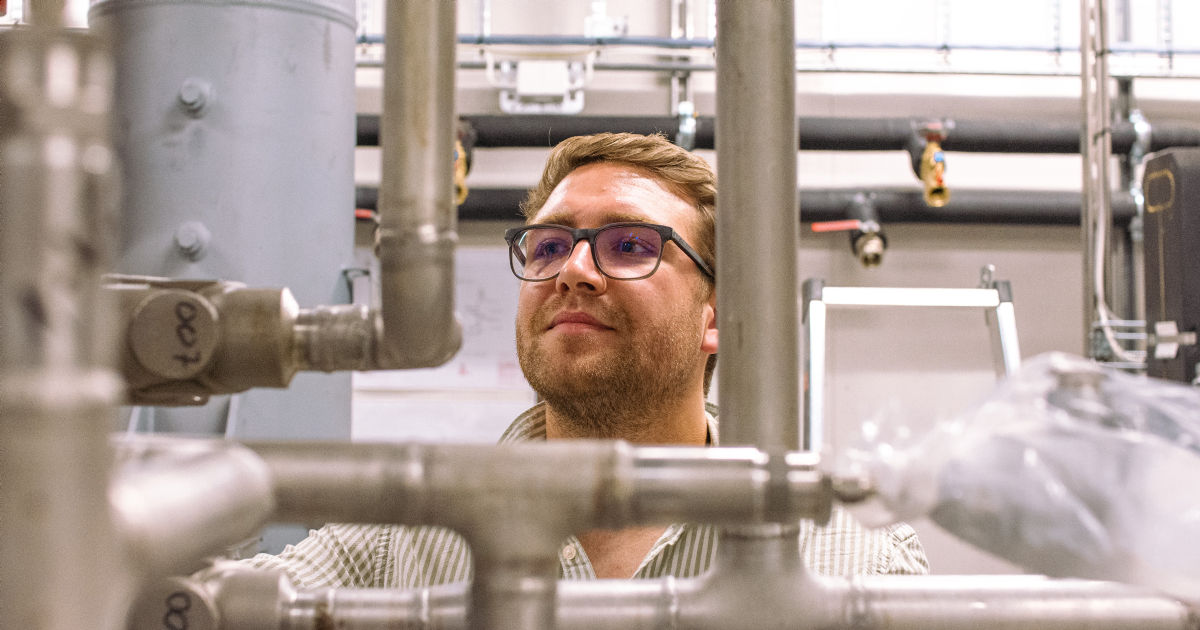Thermal processes in the industry are responsible for increasing energy consumption and the associated CO2 emissions. Several industrial processes have a thermal demand for heating and cooling at the same time. Many examples can be found in the food processing sector as well as various emerging applications with growing importance, such as the operation of data centres or the production of batteries.
Read: High-temperature heat pumps as a way to decarbonize Norwegian industry (#SINTEFblog)
To increase the sustainability of industrial processes, it is therefore of great interest to improve the energy efficiency of the heat supply systems to reduce the consumption of energy and resources. An effective measure to reduce the energy consumption is to use high temperature heat pumps with natural working fluids, such as ammonia and water, instead of conventional boilers based on fossil fuels or electric heaters. The use of natural working fluids is important here, as they have very little impact on global warming and present fewer other environmental issues compared to the artificial refrigerants.
My PhD: to develop a new heat pump prototype
My research focuses on the analysis and development of high temperature heat pumps (100-150 °C) using natural refrigerants for various industrial applications.
The main objective of my PhD is in fact to develop a new prototype of a novel oil-free absorption-compression heat pump. Here I will use an ammonia-water mixture as refrigerant to demonstrate the system performance and to test new solutions. The goal is to increase the achievable temperature level while improving system efficiency and potentially reducing costs.
The main barriers to a wider deployment of heat pumps in industrial sectors are insufficient knowledge of integration in industrial processes among potential users, and the lack of available solutions with environmentally- friendly refrigerants in the high temperature range. The development of the new prototype helps to test different solutions and experimentally validate the results for cases of use. This will help to increase the acceptance for transition and application in the industry.

Once the prototype is properly mounted and in function, the room will be closed off during tests due to safety measures. For now, we can admire it in the basement of Varmetekniske laboratorier at NTNU Gløshaugen, in Trondheim.
Exchanging ideas in Trondheim with people from all over the world in June
The upcoming conference “15th IIR Gustav Lorentzen Conference on Natural Refrigerants” is an excellent opportunity for me to present research results and receive feedback. The conference offers a great opportunity to exchange ideas with existing and potential new partners. I am especially looking forward to the technical visits with the possibility to present our new prototype.
More potential for heat pumps in combination with waste heat
Heat pumps also have a great potential when combined with large amounts of available waste heat, which is often not exploited. The development and testing of new solutions to achieve higher temperature levels in combination with high system efficiencies are crucial to expand the scope of high temperature heat pumps. This is important to compete with conventional heat supply systems and support the decarbonization of various industrial processes.


